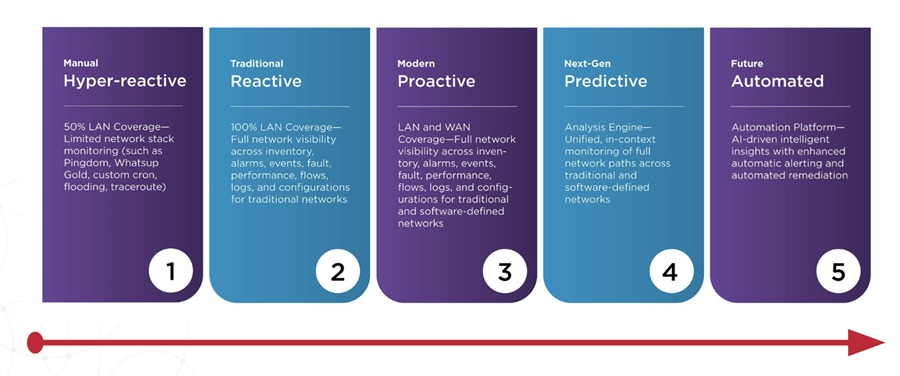Two-thirds of organizations are not adequately addressing the infrastructure and operations (I&O) skills gaps that will impede their digital business initiatives, according to Gartner, Inc. Successful I&O organizations will need to implement vastly different roles and technologies during the next five years.
Gartner forecasts that, by 2019, IT technical specialist hires will fall by more than 5 percent. Moreover, by 2021, 40 percent of IT staff will hold multiple roles, most of which will be business-related rather than technology-related.
"What made I&O leaders successful in the past is not what will make them thrive in the future," said Hank Marquis, Research Director at Gartner. "Instead of focusing on the 'what' of I&O jobs — such as technical knowledge, education and training — I&O leaders need to shift their focus to the 'how' — the behavioral competencies required."
According to Mr. Marquis, IT operations organizations are being forced to redefine their roles and value propositions from those of technology providers, to become trusted advisors and differentiated business partners. The challenge is that most I&O professionals do not yet have the broad skillsets that organizations will need from them.
Gartner predicts that, by 2020, 75 percent of organizations will experience visible business disruptions due to I&O skills gaps, which is an increase from less than 20 percent in 2016. Given the lack of digital dexterity for hire, I&O leaders must begin by developing these skills with the talent they already have. Most companies don't have an accurate inventory of the available skills of their current IT workforces, so this must be a first step.
"Corporate digital business universities will eventually emerge to close the skills gap. Experience-based career paths with formal mentoring for and within I&O will become standard for individual development," said Marquis. "In the meantime, I&O leaders should work hand-in-hand with HR to shift away from position-based development, develop a tactical skills gap analysis, and utilize tools and methods for improving I&O skills in-house."
Skills Gaps Occur Around Emerging Technology, as Well as Management
"The key to delivering digital value at scale is having the right people," said Marquis. "As well as the required skills, people must have the desire and aptitude to exploit existing and emerging technologies." Gartner predicts that, through 2020, 99 percent of artificial intelligence (AI) initiatives in IT service management will fail, due to the lack of an established knowledge management (KM) foundation.
"Hype about AI is growing, as consumers become familiar with virtual assistants using conversational platforms," said Chris Matchett, Principal Research Analyst at Gartner. "I&O leaders responsible for the IT service desk are looking to exploit this to optimize IT support, but neither the technology nor the workplace is really ready to depend on virtual agents."
KM is essential for a chatbot or virtual support agent (VSA) to provide answers to business consumers, but the response can only repeat scripted solutions when based on existing data from a static knowledge base. VSAs without access to this rich source of knowledge cannot provide intelligent responses, forcing I&O leaders to establish or improve KM initiatives.
Before implementing chatbot or VSA technology, Gartner recommends establishing a foundation in KM by using techniques such as knowledge-centered service that focus on knowledge as a key asset.
Once chatbots and VSAs are in use, care should be taken to avoid conversational dead ends by automating escalation to traditional channels when knowledge responses fail to satisfy the issue. Logic should also be embedded into the chatbot to collect user feedback and identify the relevance of knowledge responses.


